
- Shandong Loyal Industrial Co.,Ltd.
- SHORT-CUT PASTA PRODUCTION LINE LONG-CUT PASTA PRODUCTION LINE INSTANT PASTA PRODUCTION LINE
Home> Application> Exploring High-Efficiency in Macaroni Production Process: Fully Automated Systems

Exploring High-Efficiency in Macaroni Production Process: Fully Automated Systems
Introduction
The Short-Cut Pasta Production Linetechnology of Shandong Luoya Industrial Co., Ltd. has introduced advanced technologies from Capitanio and Gidamak.In the evolving landscape of macaroni production, the macaroni production process has undergone a remarkable transformation, embracing high-efficiency through automation. This introduction outlines the critical importance of achieving optimal efficiency in modern macaroni manufacturing, setting the stage for a comprehensive exploration of fully automated systems.

Understanding the Macaroni Production Process
This section delves deep into the intricacies of the macaroni production process, elucidating the key steps and components involved. A comparative analysis between traditional and automated approaches provides insights into the profound impact of full automation on enhancing overall production efficiency.
Technological Advancements: Powering Efficiency in Macaroni Production
An examination of cutting-edge technologies driving the automation of the macaroni production process unfolds, including real-time monitoring, adaptive controls, and innovative solutions. This segment establishes a crucial link between technological advancements and the consequential energy savings and heightened efficiency in macaroni production.
Innovative Features for Efficiency Optimization
The analysis shifts towards the innovative features integrated into fully automated macaroni production systems. Precision controls, advanced materials, and streamlined processes take the spotlight, underlining their pivotal role in achieving optimal efficiency and energy savings. Expert perspectives validate the significance of these features in shaping the future of macaroni production.
Energy Conservation Strategies in Fully Automated Macaroni Production
Exploring the strategies employed in fully automated macaroni production for energy conservation unveils a profound commitment to sustainability within the industry. This section emphasizes the pivotal role played by sustainable materials and energy-efficient technologies in shaping a greener and more environmentally responsible macaroni production process.
The adoption of sustainable materials, such as eco-friendly packaging and responsibly sourced ingredients, contributes significantly to reducing the overall environmental footprint. Companies are increasingly recognizing the importance of making environmentally conscious choices in their production processes, aligning with global efforts for a more sustainable future.
In parallel, the integration of energy-efficient technologies stands out as a key driver in the quest for conservation. Advanced machinery and systems designed to minimize energy consumption without compromising efficiency are at the forefront of this initiative. From energy-efficient motors to optimized heating and cooling processes, these technologies contribute to a more streamlined and eco-friendly macaroni production landscape.
This section underlines the tangible benefits derived from these energy conservation practices in fully automated macaroni production. Reductions in energy consumption not only contribute to cost savings for manufacturers but also play a pivotal role in mitigating the industry's impact on the environment. Lower carbon emissions, decreased reliance on non-renewable resources, and an overall reduction in ecological strain are among the positive outcomes.
The commitment to energy conservation practices not only reflects a sense of corporate responsibility but also aligns with consumer preferences for sustainable and ethically produced goods. Companies investing in these strategies not only contribute to a more sustainable future but also enhance their brand reputation and competitiveness in the market.

Case Studies: Successes in Implementing Full Automation
This segment provides a captivating showcase of industry leaders, including La Molisana, Banza, Colavita, Garofalo, and Whole Foods 365 Everyday Value, who have successfully embraced fully automated macaroni production. Their journeys serve as compelling examples of how full automation can lead to high efficiency, significant energy savings, and overall operational excellence.
Insights into the specific strategies and technologies adopted by these companies offer valuable lessons for the broader industry. La Molisana, for instance, might showcase innovations in traditional Italian macaroni production, while Banza could highlight advancements in the production of chickpea-based pasta. Colavita, Garofalo, and Whole Foods 365 Everyday Value each contribute unique perspectives, emphasizing diverse approaches to achieving high efficiency and energy conservation.
By dissecting the success stories of these industry leaders, manufacturers and stakeholders gain actionable insights into best practices for widespread adoption. From optimizing production workflows to leveraging cutting-edge technologies, the case studies offer a roadmap for others to navigate the path toward fully automated macaroni production, ensuring both operational excellence and sustainability.
Overcoming Challenges: Navigating the Implementation of Full Automation
Identifying and analyzing challenges in implementing fully automated macaroni production, this section provides innovative solutions and strategies. Emphasizing the importance of addressing challenges becomes paramount for maximizing efficiency and reaping the benefits of energy conservation in macaroni production.
Future Trends: Advancements in Fully Automated Macaroni Production
The exploration extends to future trends and advancements in fully automated macaroni production. Predictions for developments in efficiency, energy conservation, and technological innovations set the stage for understanding the evolving landscape of the macaroni production industry, driven by full automation.

Conclusion
A concise recap summarizes the key points on fully automated macaroni production, optimal efficiency, and energy savings. The transformative role of full automation in advancing the efficiency of macaroni manufacturing is underscored, concluding with a call for businesses to invest in a sustainable and efficient future through fully automated macaroni production.
Contact Us

- Shandong Loyal Industrial Co.,Ltd.
- Telephone+86 13176674591
- Email[email protected]
- WhatsApp+86 13176674591
- WeChat13176674591
- AddressC623, Jiahui Global Plaza, No. 548, Beiyuan Street, Tianqiao District, Jinan City, Shandong Province
- Factory AddressADD -300m North of Zhangxia Industrial Park, Binhe Road, Zhangxia Town, Changqing District, Jinan
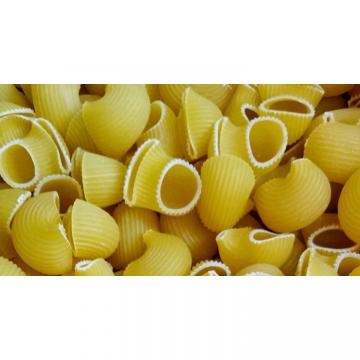

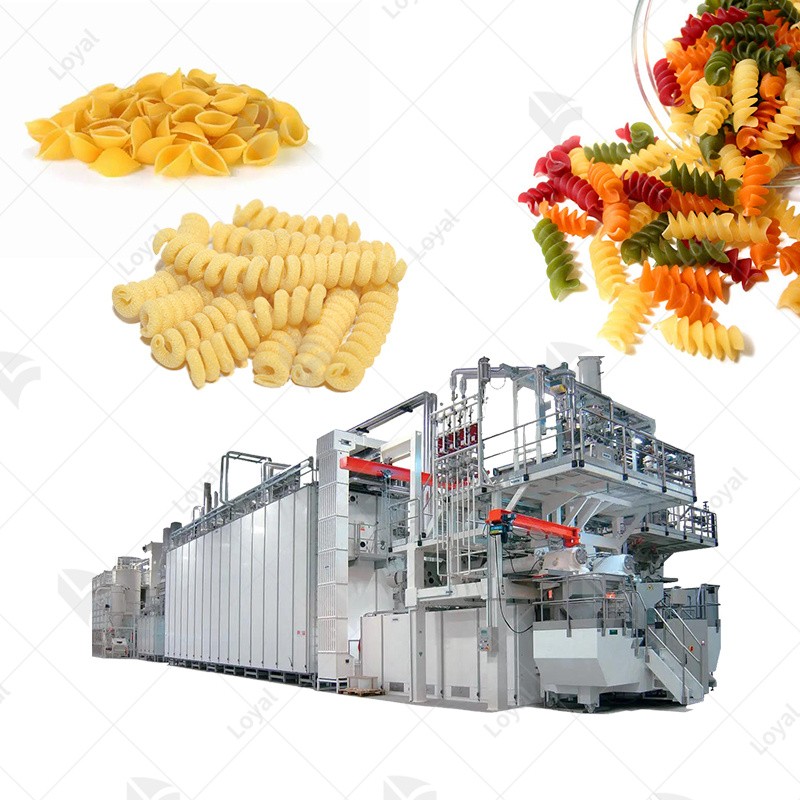

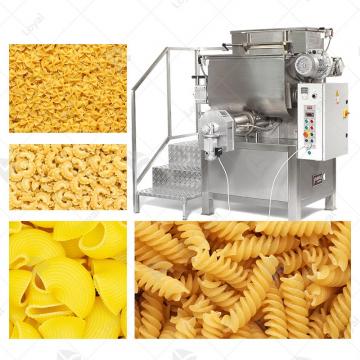
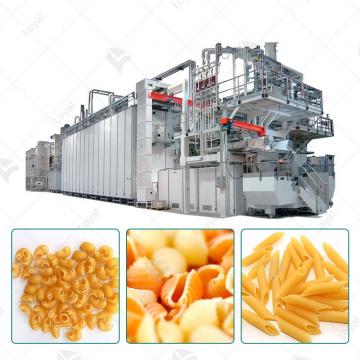 VACUUM PASTA EXTRUDER
VACUUM PASTA EXTRUDER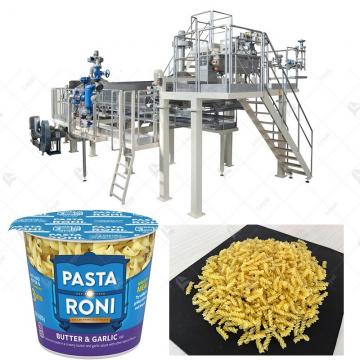 Instant Pasta Production Line
Instant Pasta Production Line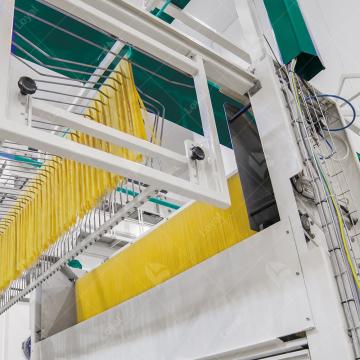 Long-Cut Pasta Production Line
Long-Cut Pasta Production Line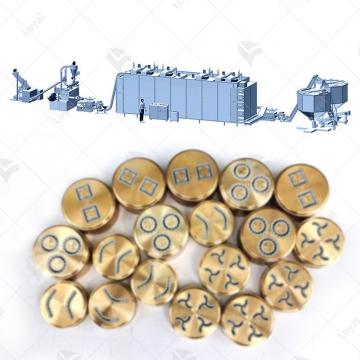 Macaroni Pasta Production Line
Macaroni Pasta Production Line